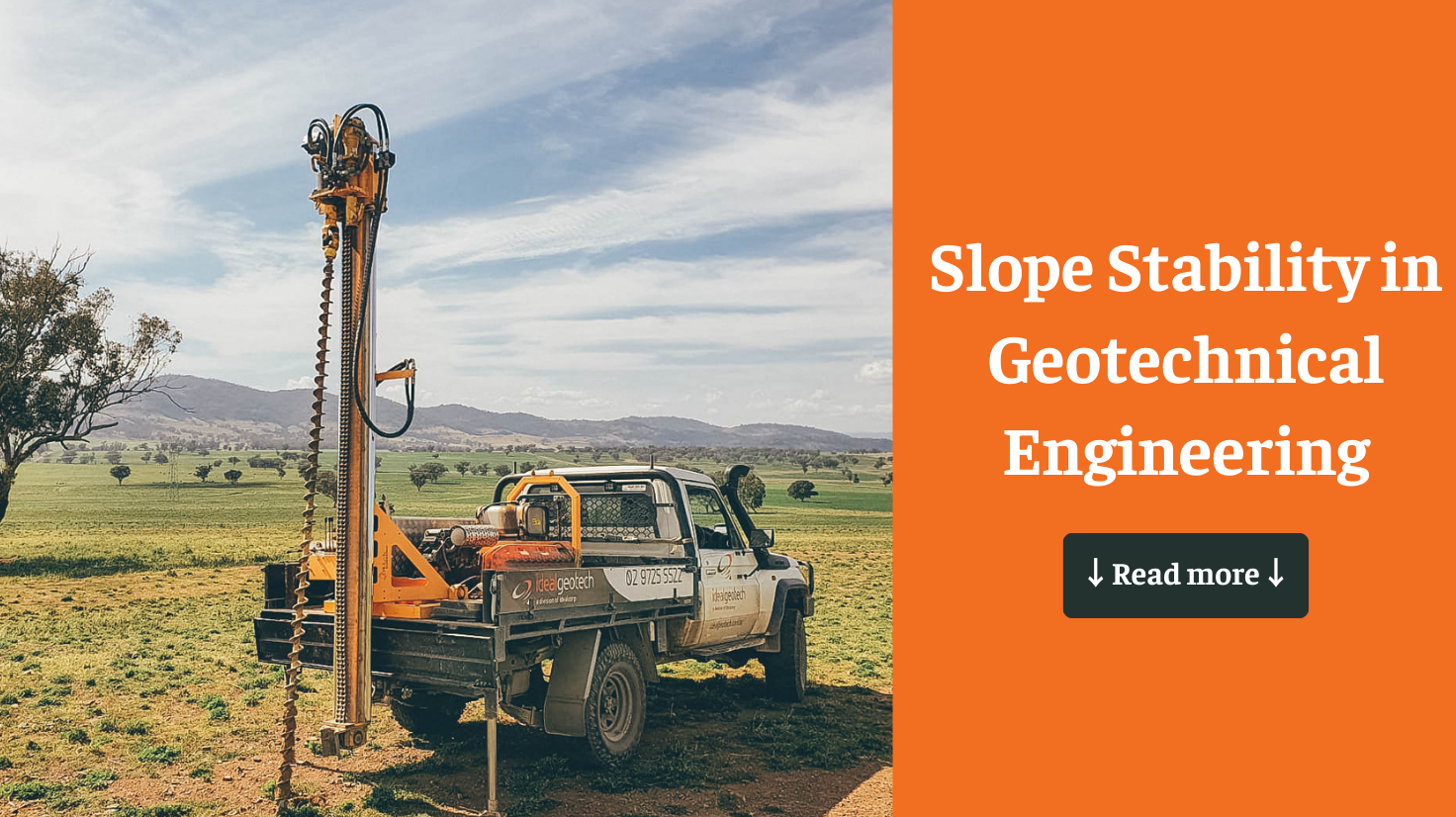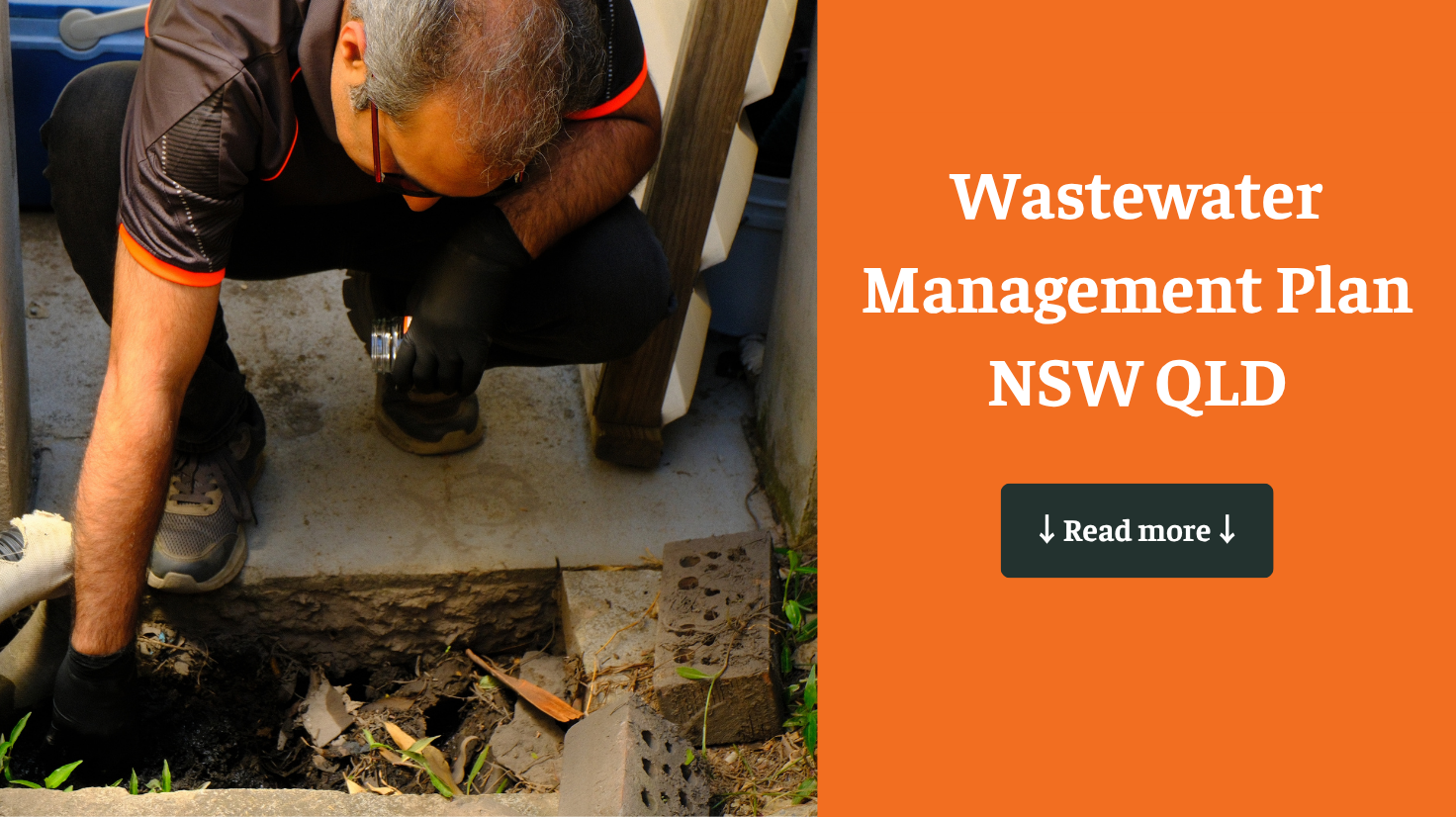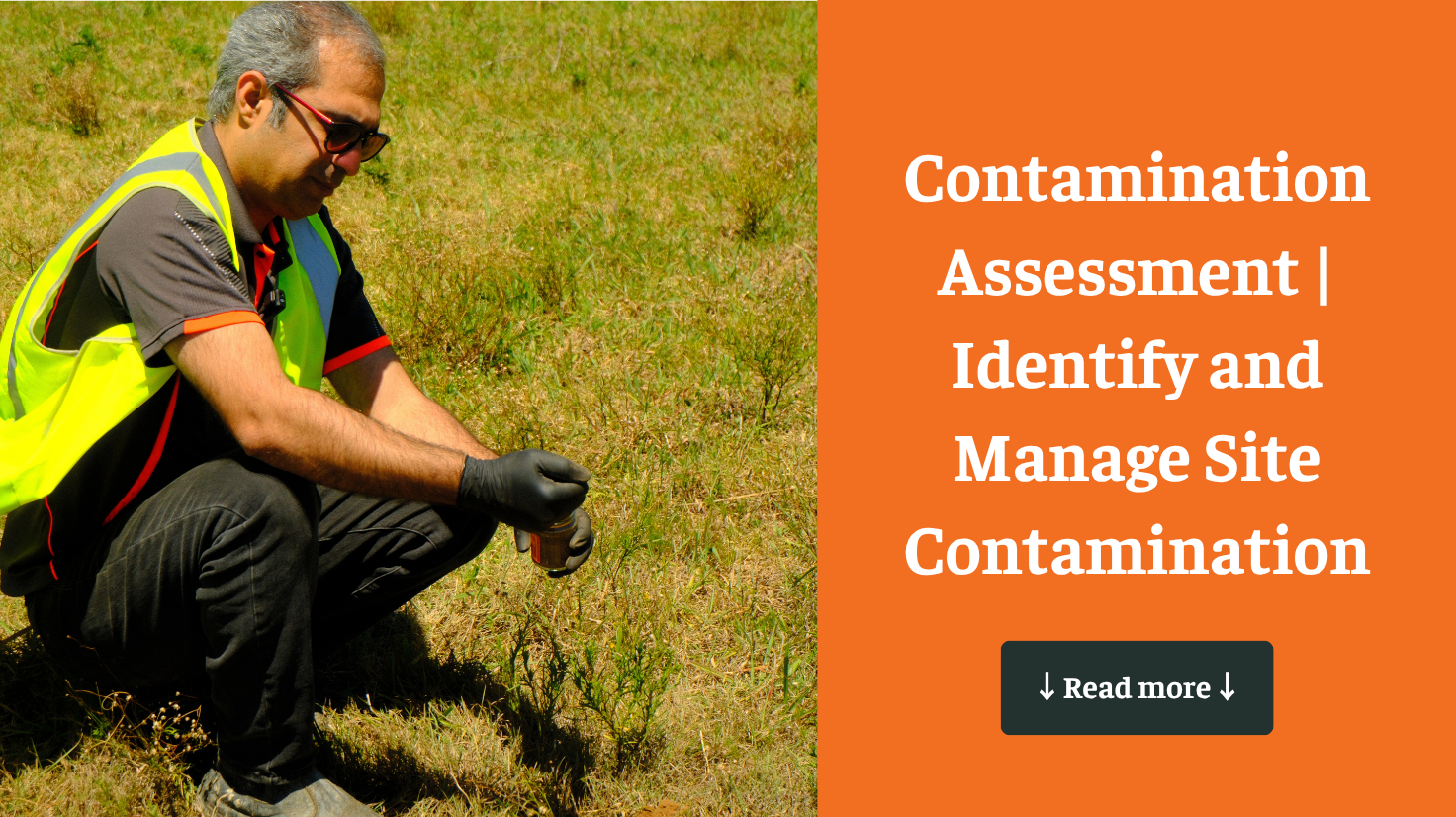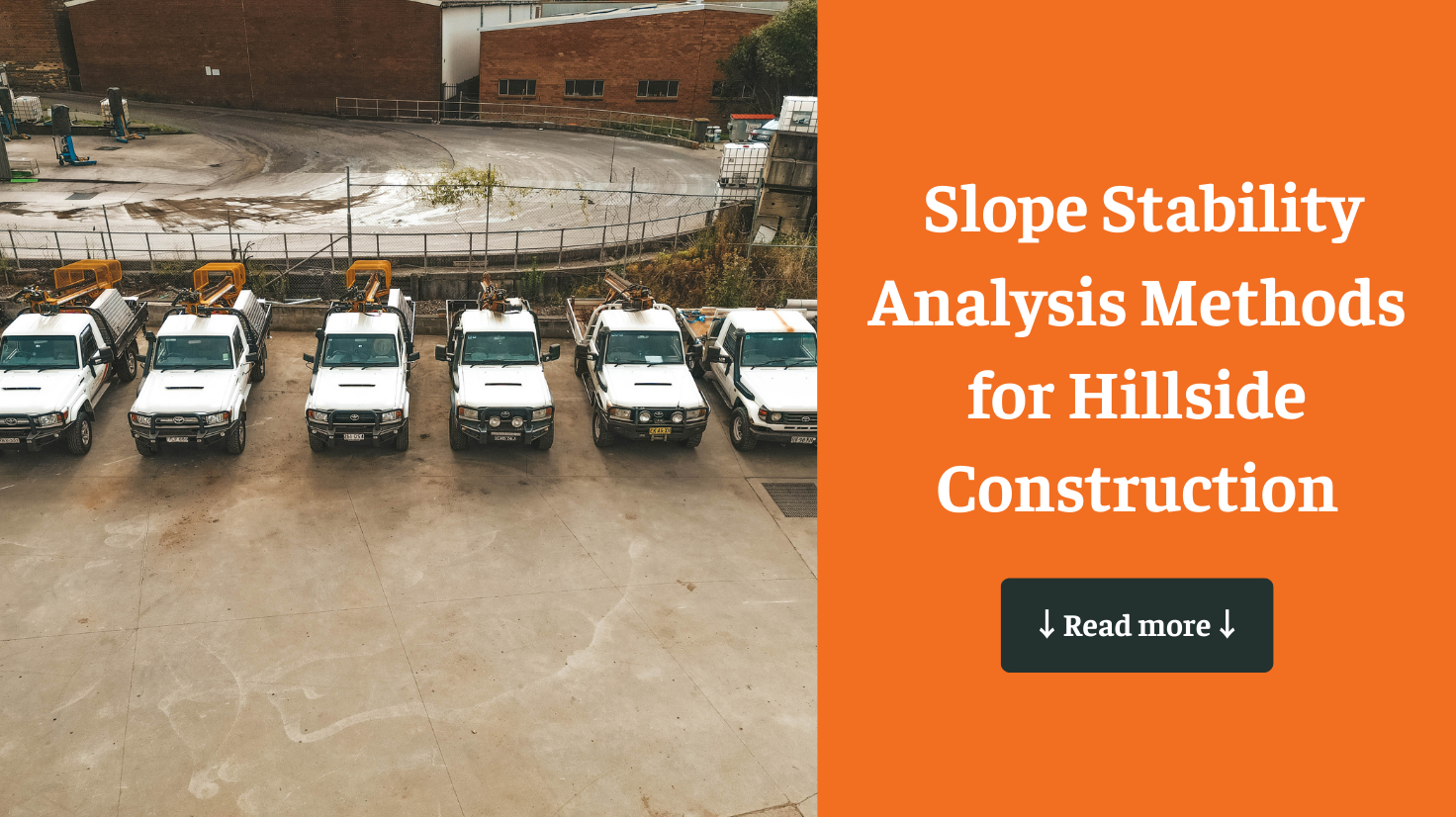Slope stability is a crucial consideration in geotechnical engineering, playing a vital role in the safety and functionality of both natural and engineered slopes. Whether it’s for highways, railways, embankments, or residential developments, ensuring that slopes remain stable is essential to prevent catastrophic failures that can lead to property damage, environmental harm, and loss of life.
In this comprehensive guide, we will delve into the key aspects of slope stability within geotechnical engineering, exploring the techniques and methods used to maintain and enhance the stability of slopes.
1. Understanding Slope Stability
Slope stability refers to a slope’s ability to remain intact without experiencing movement or failure. The stability of a slope is governed by a complex interplay of several factors, including:
- Soil Properties: The type of soil, its cohesion, friction angle, and shear strength are critical parameters that determine how well a slope can resist failure.
- Slope Geometry: The shape, height, and angle of the slope significantly influence its stability. Steeper slopes are generally more prone to failure than gentler ones.
- Water Content: The presence of water within the soil can reduce its shear strength, increase pore water pressure, and lead to slope instability, particularly during heavy rainfall or rapid snowmelt.
- External Loads: Additional forces, such as those from buildings, roads, or seismic activity, can impose extra stress on slopes, making them more susceptible to failure.
Assessing and ensuring slope stability is critical for the safety and longevity of structures, roads, and other infrastructure projects built on or near slopes. A thorough understanding of these factors allows engineers to design and implement effective stabilization measures.
2. Common Techniques in Slope Stability Geotechnical Engineering
To ensure slope stability, geotechnical engineers employ a variety of techniques, ranging from detailed site investigations to sophisticated reinforcement methods. Here’s a closer look at some of these techniques:
Site Investigation and Analysis
- Soil Testing: Comprehensive soil testing is conducted to determine the soil properties, such as cohesion, friction angle, and moisture content, which are essential for stability analysis.
- Slope Geometry Analysis: Analyzing the slope’s angle, height, and shape helps in understanding the potential failure mechanisms.
- Groundwater Assessment: Evaluating the presence and movement of groundwater is crucial as it can significantly impact slope stability.
Slope Stabilization Methods
- Grading and Reshaping: Adjusting the slope angle and geometry to reduce the driving forces acting on the slope. This may involve cutting and filling operations to achieve a more stable configuration.
- Drainage Control: Installing proper drainage systems to manage surface and subsurface water flow, thereby reducing pore water pressure and increasing stability.
- Vegetation and Erosion Control: Planting vegetation can help stabilize slopes by reinforcing the soil and reducing surface erosion
Reinforcement Techniques
- Retaining Structures: Constructing retaining walls, such as gravity walls, cantilever walls, or anchored walls, to provide lateral support to slopes.
- Soil Nailing: Installing steel bars or nails into the slope to reinforce and stabilize the soil mass.
- Geosynthetics: Using geotextiles, geogrids, and other geosynthetic materials to improve soil strength and stability.
Monitoring and Maintenance
- Instrumentation: Installing instruments like inclinometers, piezometers, and strain gauges to monitor slope movements and pore water pressures over time.
- Regular Inspections: Conducting routine inspections to identify any signs of slope movement or distress and taking corrective actions as needed.
3. Slope Stability Methods
Limit Equilibrium Methods (LEM)
- Method of Slices: This widely used technique involves dividing the slope into vertical slices and analyzing the forces acting on each slice to determine the overall factor of safety. Techniques like Bishop’s simplified method, Janbu’s method, and Spencer’s method are common approaches within the LEM framework. These methods provide a straightforward analysis of slope stability and are useful in a variety of geotechnical scenarios.
Finite Element Methods (FEM)
- Numerical Modeling: Finite Element Methods involve creating a detailed numerical model of the slope, which is then subjected to various loading conditions. FEM allows engineers to analyze the stress-strain relationships within the slope and gain a deeper understanding of its behavior under different scenarios. This method is particularly useful for complex slopes and where detailed analysis is required.
Probabilistic Methods
- Risk Assessment: Probabilistic methods evaluate the likelihood of slope failure by considering the variability in soil properties, external conditions, and other uncertainties. By assessing the probability of failure, engineers can make informed decisions about risk management and mitigation, ensuring that slopes are designed with appropriate safety margins.
4. Conclusion
Slope stability is a fundamental aspect of geotechnical engineering, ensuring the safety and functionality of slopes in various construction and infrastructure projects. By employing techniques such as site investigation, slope stabilization, reinforcement, and monitoring, engineers can effectively manage and enhance slope stability.
Ideal Geotech specialises in providing comprehensive slope stability assessments and solutions. Our experienced team and extensive fleet of geotechnical rigs cover NSW and Southeast Queensland. Whether you’re dealing with natural slopes or man-made embankments, we are your trusted partner for all geotechnical engineering needs.
For more information or to request a slope stability assessment, visit our website or contact our team today. Ensure your projects are built on solid ground with thorough geotechnical support from Ideal Geotech.
Order Our Geotechnical Services Now






